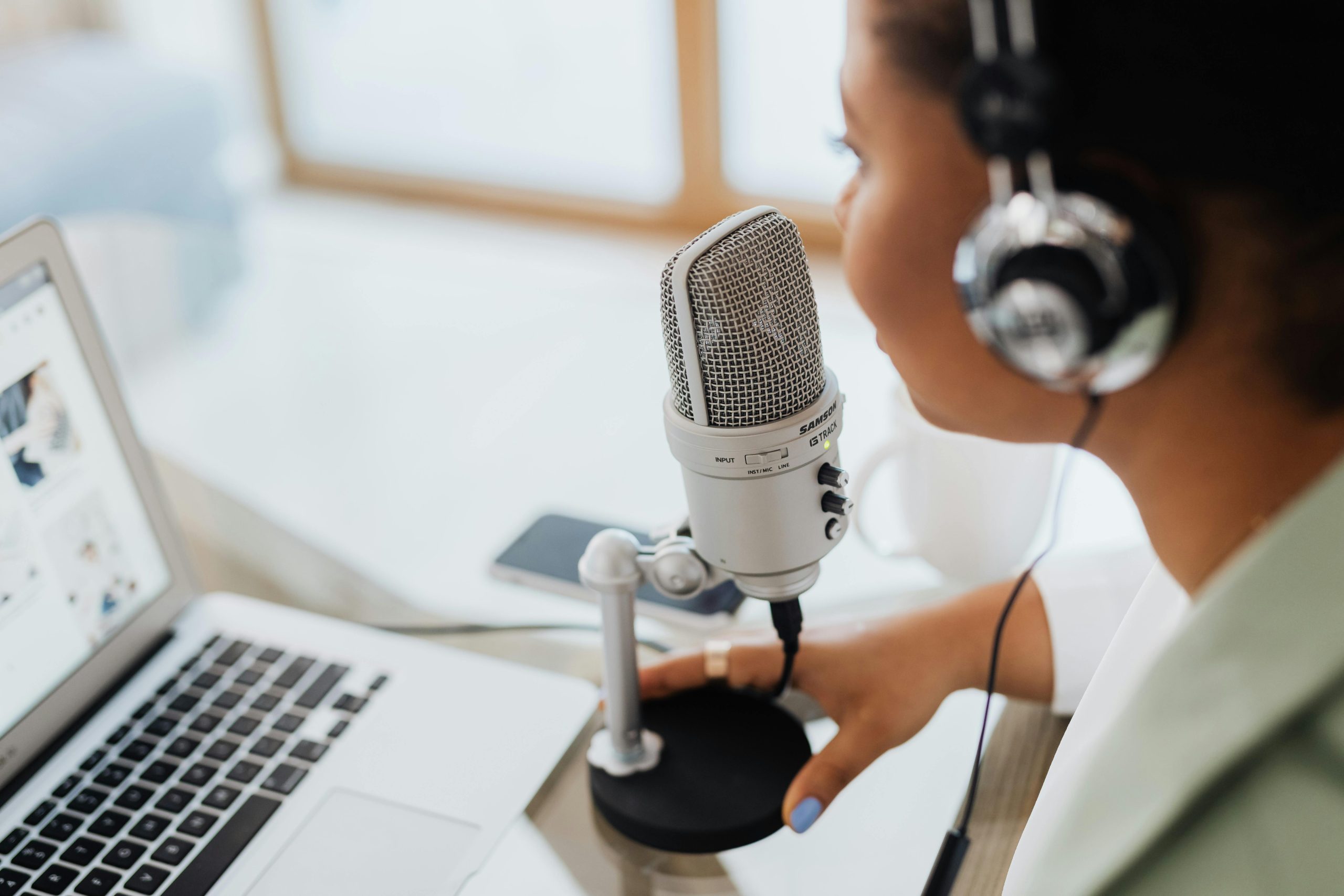Troubleshooting Audio Jack Compatibility Issues: A Guide for Consumers
In today’s digital age, seamless audio connectivity is essential for a satisfying multimedia experience. However, many users encounter frustrating issues when their audio accessories don’t work as expected. One common problem involves using third-party audio jacks or adapters purchased online, which may not function correctly across multiple devices.
Case Study: Incompatible Audio Jack Purchase from Amazon
A user recently shared their experience with an external audio jack purchased from Amazon, intended to replace a broken original Ozeino OW810 headset connector. Despite their enthusiasm, the new device failed to deliver audio output on multiple platforms, including a PC, a PlayStation 4, and a computer monitor. This situation can be perplexing, especially for those unfamiliar with technical specifications and compatibility considerations.
Understanding the Issue
The user’s primary concern was whether the problem stemmed from a defective audio jack or if the device simply isn’t compatible with their headphones or gaming devices. Given the user’s limited technical knowledge, they were unsure where to start troubleshooting.
Key Factors to Consider
-
Compatibility of the Adapter
Not all 3.5mm or USB-C audio adapters are universally compatible. Some are designed for specific devices or purposes, such as connecting smartphones to car stereos or converting digital signals. It’s crucial to verify that the adapter’s specifications match your intended use — for headphones, a dedicated audio output device is recommended. -
Device Compatibility
Different devices have varying requirements for audio input/output. For example, some monitors or laptops may have combination audio jacks or digital audio inputs that need specific adapters. Confirm whether your device supports the type of connection you’re attempting to use. -
Hardware Quality and Authenticity
Cheaper or non-branded adapters, especially those with vague product descriptions, can often be poorly manufactured or incompatible. Reading reviews and purchasing from reputable vendors can mitigate this risk. -
Correctly Connecting the Devices
Ensure that the adapter is properly plugged in and that your headphones or external speakers are functioning correctly. Sometimes, a simple loose connection or a faulty cable can cause silence or no response.
Recommendations for Consumers
-
Research Before Purchasing
Check product reviews, specifications, and compatibility details before buying an audio adapter. Look for products clearly labeled for your specific device or purpose. -
Test with Known Working Equipment
When troubleshooting, try using the new adapter with devices and headphones that you’ve previously
Share this content:



